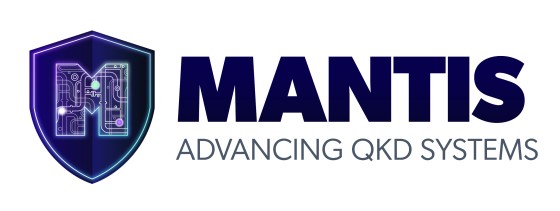






Congratulations to Prof. Dr. Carsten Schuck, David Lemli, Tim Buskasper and Lukas Schulte for breaking the Guinness World Record (GWR) for the Smallest QR Code! The tiny QR code, spanning only 5.38 square micrometres, is seven times smaller than a human red blood cell and about 20 times smaller than the previous world record. It was fabricated to promote the cleanroom lab course Foundations of Nanofabrication, part of our teaching program, and aims to inspire interest in nanofabrication among physics students.
This impressive achievement was made possible through the efforts of our research group, in partnership with the Münster Nanofabrication Facility (MNF), which, as part of the University of Münster, provides students with access to cutting-edge nanotechnology.
We would like to thank Hitachi High-Tech Europe GmbH in Krefeld, for serving as an independent surveyor to ensure unbiased measurement of the QR code following GWR guidelines.
The media coverage of the Guinness World Record for the smallest QR code has been extraordinary, with widespread attention from various outlets. Highlights include articles and features by Tagesschau, ARD Mediathek - Lokalzeit Münsterland, BILD, Computer Bild, Antenne Münster, Stern, Westfälische Nachrichten, Münstersche Zeitung, and the University of Münster Press Office.



Representing the Schuck group, David showcased his advancements in integrating SNSPDs on Al2O3 waveguides at the Qu-PIC consortium meeting in Berlin, held on 11-12 September 2024. This two-day event at Technische Universität Berlin brought together key academic and industry partners to advance photonic integrated circuits for quantum technologies in Europe. The consortium aims to establish a robust European supply chain for future quantum systems.
Academic partners:
University of Twente, Ghent University, University of Münster, Chalmers University of Technology, Technische Universität Berlin, Physikalisch-Technische Bundesanstalt (PTB)
Industry partners:
QuiX Quantum, Tematys, TOPTICA Photonics, TOPTICA EAGLEYARD, ALUVIA, VLC Photonics (Hitachi Group)







